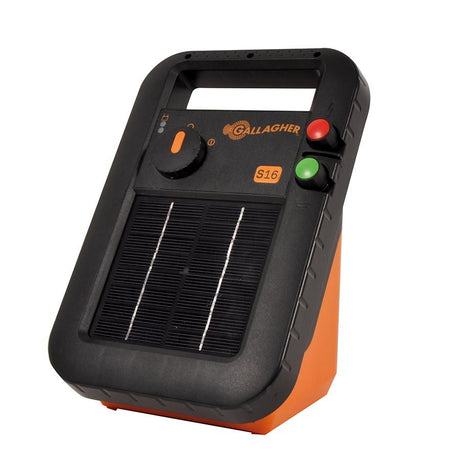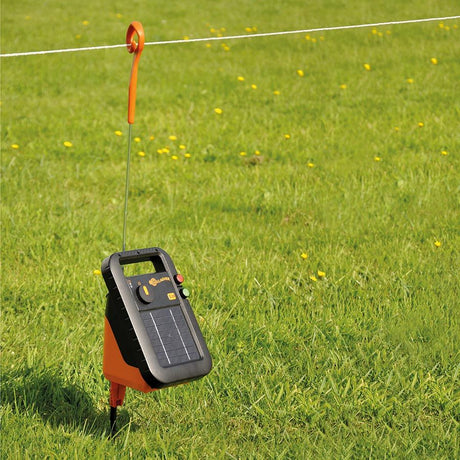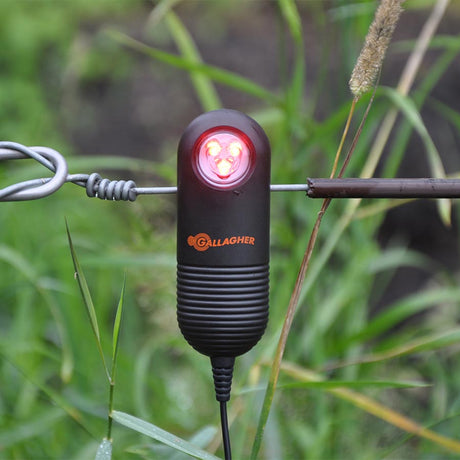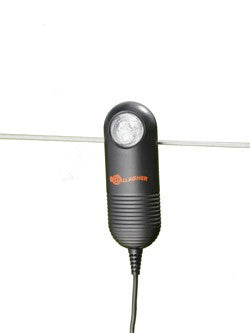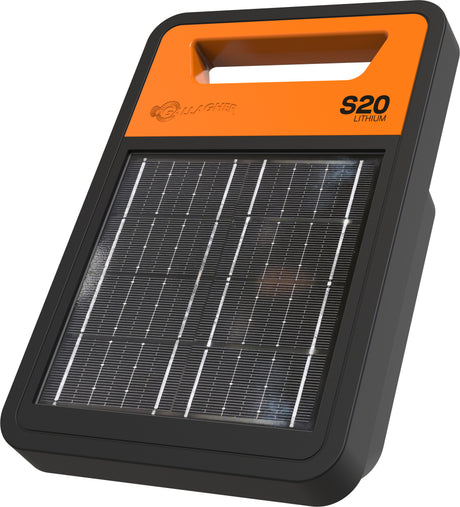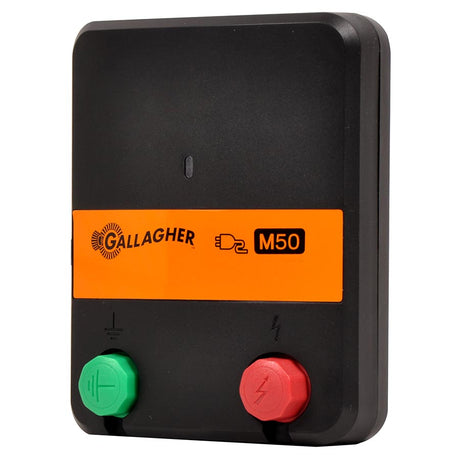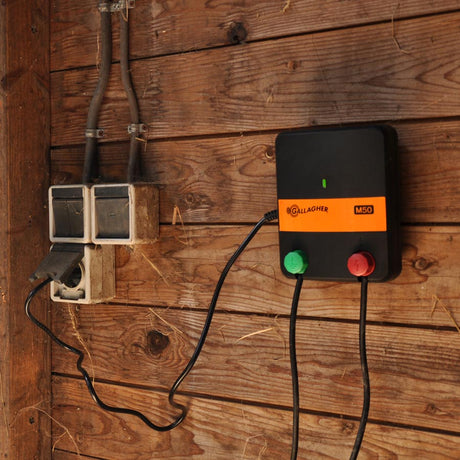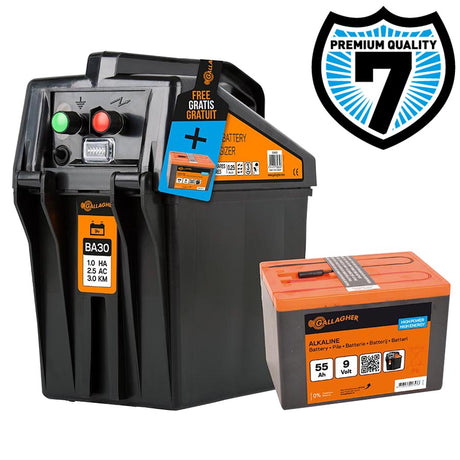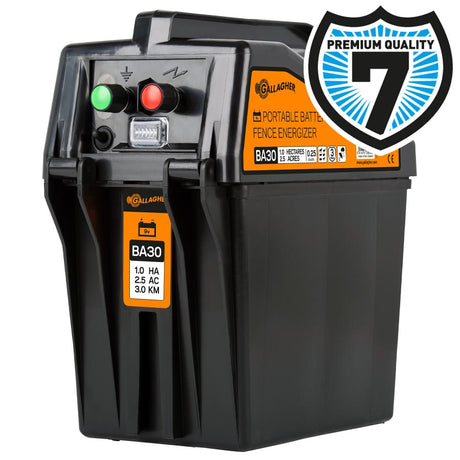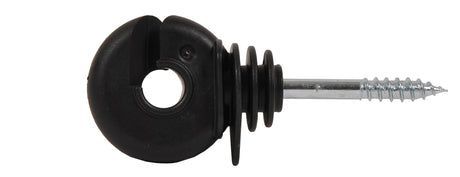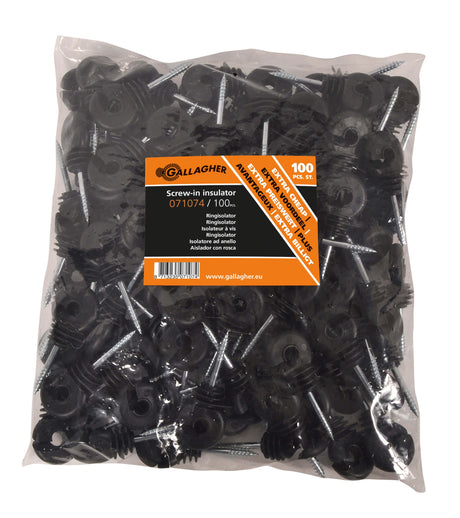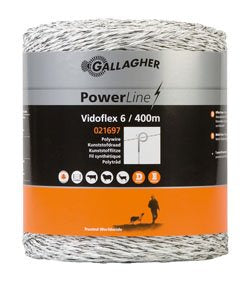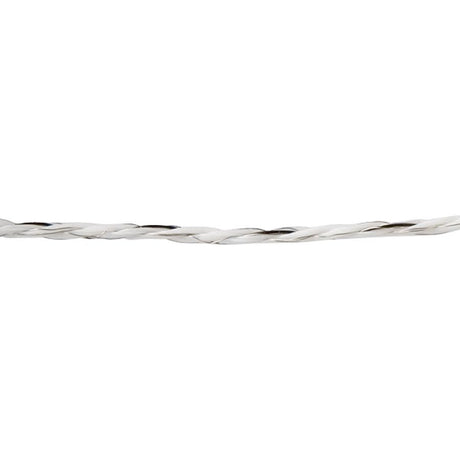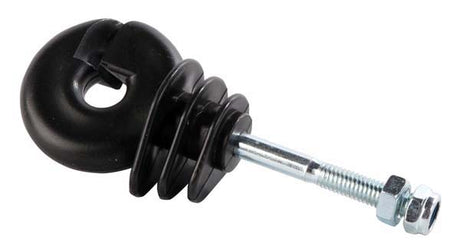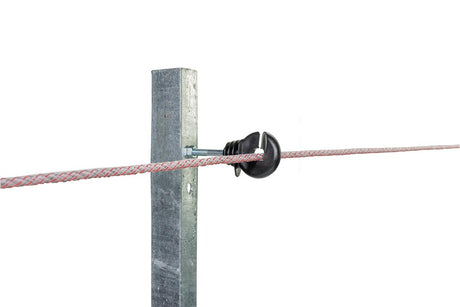When it comes to fencing horses, safety is the number one priority. Horses are powerful, sensitive animals that can panic if spooked — so your fencing system needs to be both secure and forgiving. Electric fencing is ideal for horses because it provides a psychological barrier, but the type of post you use will determine how safe and effective that barrier is.
In this guide, we'll explore the best electric fence posts for horses in the UK in 2025, covering what features matter most, which materials work best, and why most horse owners trust Hotline fibreglass posts over cheaper alternatives.
If you want to know more then read our complete UK guide to electric fence posts
What Horses Need From Electric Fence Posts
Unlike sheep or cattle, horses respond differently to electric fencing. They are intelligent and highly aware of their surroundings — which means they respect a well-set-up electric fence, but only if it is visible and consistent.
Key requirements for horse fencing posts:
- Height: At least 1.4–1.5m to prevent leaning or jumping.
- Visibility: Wide tape (20–40mm) works best, so posts must support it securely.
- Flexibility: Posts should bend or give under pressure, not snap.
- Safety: No sharp edges or brittle plastics that could cause injuries.
Best Materials for Horse Fence Posts
Fibreglass Posts
The safest and most popular choice. Fibreglass posts flex if a horse leans on them and spring back into place, reducing injury risk. Hotline's fibreglass range is particularly well-suited to UK paddocks.
Wooden Posts
Excellent for corners and gateways. They provide strength and stability, but should always be paired with smooth insulators and wide tape to keep horses safe. Hotline's timber strainers are a reliable option here.
Plastic Posts
Budget-friendly and easy to move. Suitable for dividing paddocks or temporary setups, but prone to snapping in frost or under pressure. Gallagher's premium plastic posts are stronger than most and safer for equestrian use.
Why Hotline Fibreglass Posts Lead the Way
Hotline has become the go-to brand for UK horse owners, and for good reason:
- Tall sizes available: Perfect for thoroughbreds or spirited horses that might test fences.
- Flexibility: Fibreglass bends without breaking, protecting both horses and the post itself.
- Weather resistance: Designed for British winters, they don't rot like timber or snap like cheap plastic.
- Visibility: Work brilliantly with wide tape, which horses respect far more than thin wire.
Many equestrian yards mix Hotline fibreglass posts with Hotline wooden corner posts for the perfect balance of strength and safety.
Gallagher as a Strong Alternative
Gallagher's tall TurboLine plastic posts are a good option for horse paddocks where fibreglass isn't practical. They're sturdier than budget plastic posts, UV-stabilised, and reinforced at stress points. While not as flexible as fibreglass, they're a solid choice for dividing paddocks or strip grazing systems.
Cost of Horse Fencing Posts (2025)
- Hotline fibreglass posts: £6–£9 each.
- Hotline wooden strainers: £8–£12 each.
- Gallagher TurboLine plastic posts: £5–£7 each.
For a one-acre paddock (≈80 posts):
- Fibreglass system (Hotline): £480–£720.
- Plastic system (Gallagher): £400–£560.
- Hybrid system (Hotline wood corners + fibreglass runs): £500–£800.
Safety Tips for Horse Fencing
- Always use wide tape (20–40mm) for visibility. Horses see tape far better than wire.
- Set posts at 1.4–1.5m height minimum.
- Use multiple strands — usually two or three at chest and nose height.
- Place strong wooden or steel posts at corners and gateways.
- Add warning signs if fencing borders a bridleway or footpath.
Final Word: Hotline Wins for Horses
When it comes to horses, fibreglass posts are the clear winner. They're flexible, safe, and long-lasting, and Hotline has built a reputation as the trusted UK brand for equestrian yards. Gallagher's taller plastic posts are a solid secondary choice, but for horse safety and peace of mind, Hotline fibreglass posts are the standout option.

